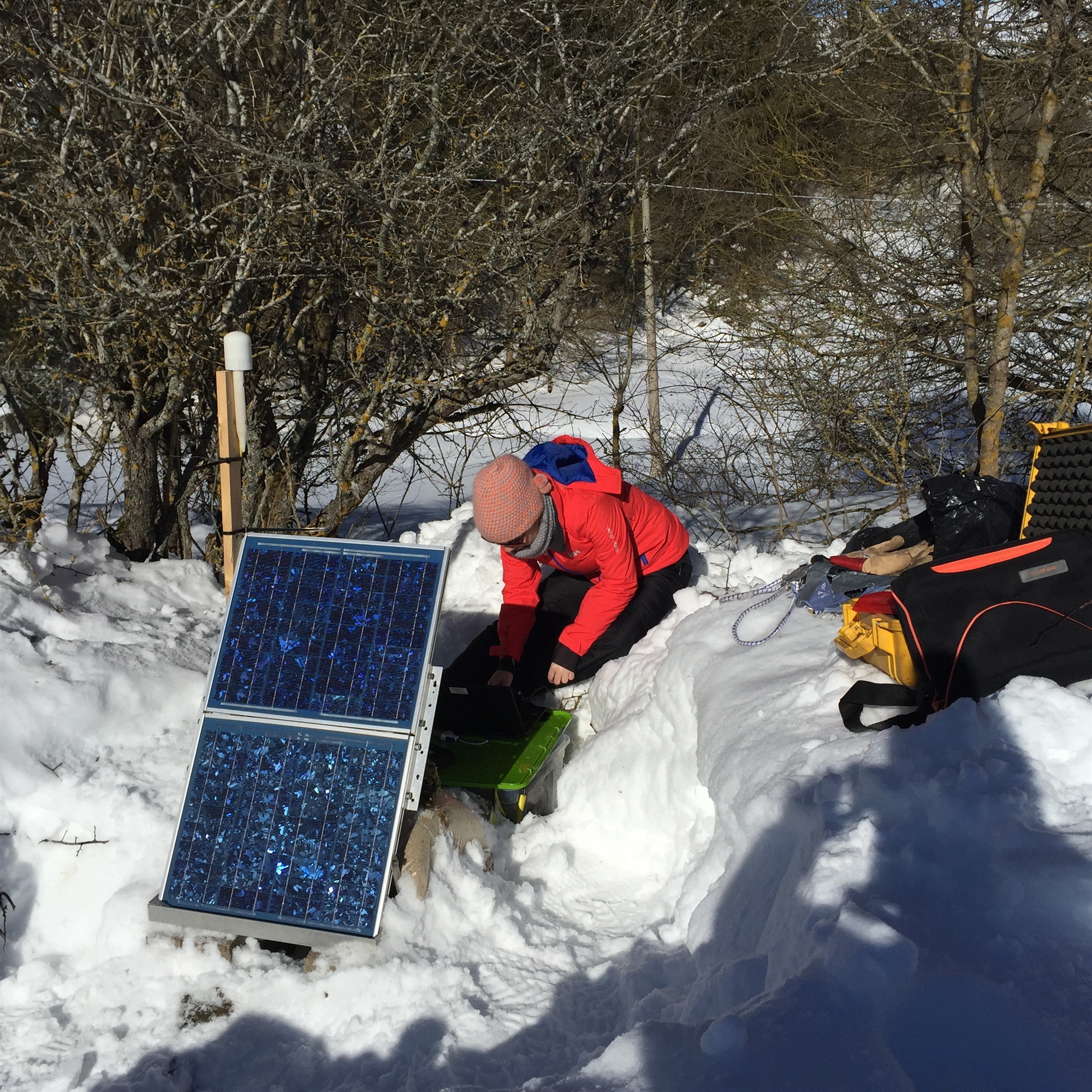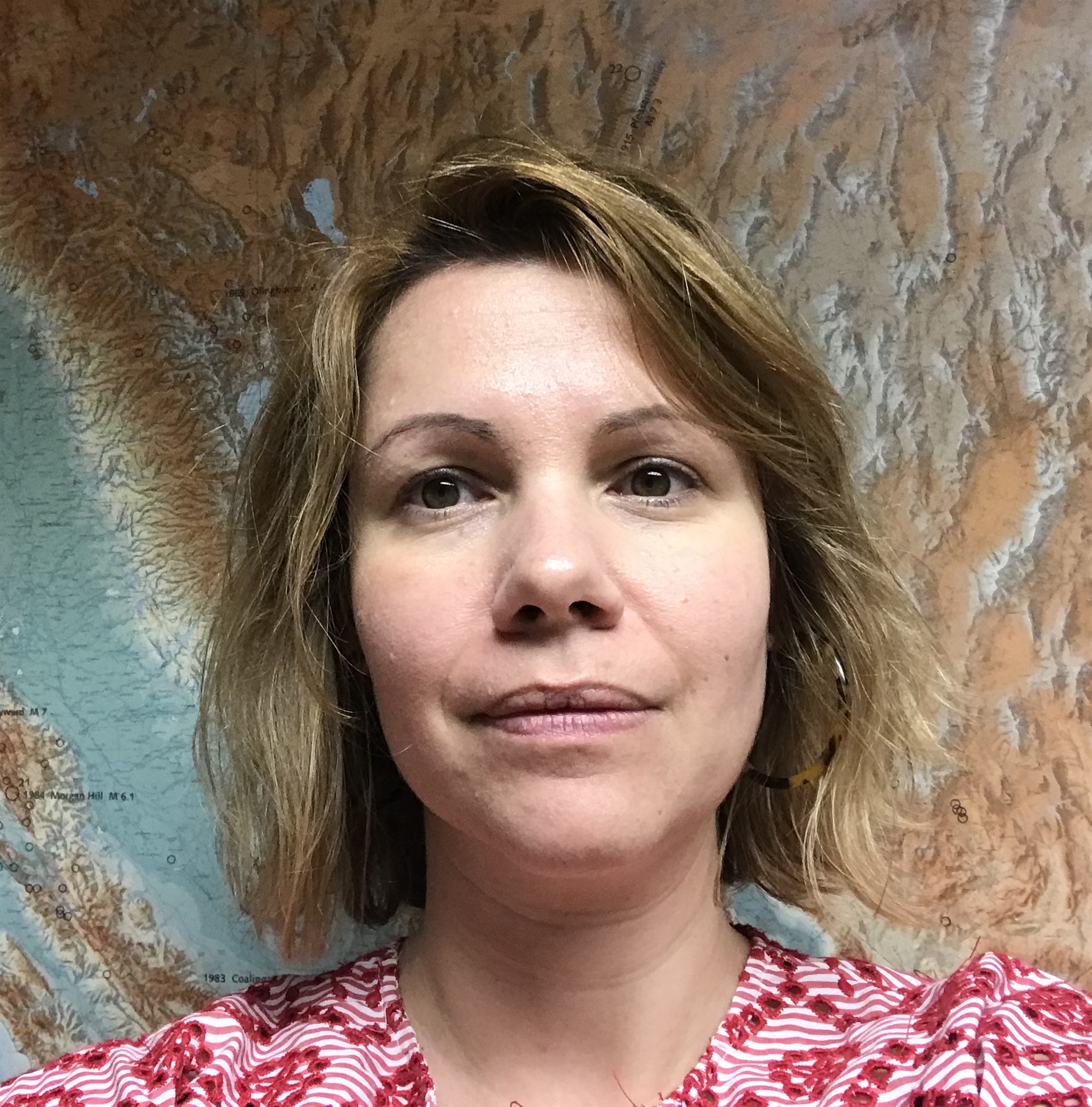
Greece has been unaffected by seismic activity in southeastern Turkey and northern Syria, which have been hit multiple times, but the drama does not appear to have an immediate end in the affected areas as quakes, even magnitudes greater than 6, are likely to occur there for months . – tells “K” seismologist Dr. Margarita Segu., Director of Research, British Geological Survey. Dr. Segou develops real-time seismic prediction models using artificial intelligence and leads an international team of scientists who are developing seismic crisis management models around the world.
– An earthquake of magnitude 7.8 in Marash, Turkey, hit along a 200 km long fault. Within 30 seconds, the tectonic plates of Anatolia and Arabia moved horizontally, in places by 3 meters, and the earth shook violently for more than a minute. The extensive damage, when thousands of buildings collapsed, is caused by both significant ground movement and the quality of the buildings. A few hours later, a magnitude 7.5 earthquake hit Kahramanmaras, on a nearby fault. Today, a few days later, seismicity in the area forms the letter “l”. From historical and current data, we know that from 19:00 to last week, 12 earthquakes of magnitude over 6 occurred in the region. The speed of this particular fault is only one third of that of the famous North Anatolia Fault known from the 1999 earthquakes.
– It is widely known that each earthquake causes aftershocks along the neighboring faults, in an attempt by the region to find a new balance of stresses in the earth’s crust. This redistribution of stresses is due both to the seismic waves of the first earthquake, which passed through the earth’s crust for several hours before dying out, and to the constant deformations of the soil. In earlier years it was quite common to refer to “main event” and “aftershocks”, but these terms indicate only a temporal relationship and are not related to the magnitude of the earthquakes. The prevailing opinion in today’s international experience is that these terms are invalid because they express the public’s expectation that the first earthquake is always followed by smaller earthquakes and therefore “the worst is behind us”. In the case of recent earthquakes, we have had two events of comparable strength within a few hours.
– A second magnitude 7.5 earthquake in Kahramanmaras is expected to make a significant contribution to revealing what happens hours before a major earthquake. With the help of artificial intelligence, we are detecting smaller earthquakes in the records, which can play a decisive role in the genesis of the second earthquake and which cannot be identified by traditional methods. Then, again with the help of artificial intelligence, we will identify possible repeating patterns in seismological catalogs from around the world that can warn us with scientific significance about upcoming earthquakes. These methods will be tested for their reliability using data from recent earthquakes, with significant results expected.

Preparation of reconstruction plans in affected areas while seismic activity continues.
– This is a rare occurrence. The most famous sequence of events that influenced seismology for many years took place in California’s Mojave Desert in 1992. It began with a 6.2 magnitude quake at Joshua Tree, followed by the famous 7.3 magnitude quake at Landers and a magnitude 6.3 quake at Big Bear. The study of this seismic sequence revealed that micro-earthquakes that are invisible to us occur instantly at a distance of even more than 1000 km, which was still unknown and gave scientists a lot of information about the activity of faults in neighboring areas. .
– One should not expect a significant earthquake associated with earthquakes in Turkey. However, we are a particularly seismic country, where medium-sized earthquakes are frequent. Sequences with significant earthquake magnitudes in a short period of time are rare and therefore of global importance. It is expected that the analysis of their specific characteristics will improve our ability to understand the processes occurring on the Earth, and therefore allow for more accurate hazard models and more efficient earthquake rules. We need to see, based on new data, how safe our standards are and whether modern information is worthy of daily information about earthquakes in our country.
– Strong seismicity will continue in the Turkish region in a zone of about 500 km, with earthquakes of magnitude more than 6 in the coming months or possibly in the next few years. Statistical seismology shows that within months or years, depending on the development of the phenomenon, dozens of earthquakes of significant magnitude are likely in areas that have been badly damaged and have undergone several collapses. These areas will be asked to prepare reconstruction plans while seismic activity continues. When it is safe to begin reconstruction should be decided under careful scientific guidance. After some time, the area will return to pre-seismic conditions, but until this happens, the seismic risk will remain relatively high.
– Turkish intermediate and long-term seismic hazard models identify the highest hazard on the 1200 km north Anatolia fault. We would say that intense seismic activity in Marash is temporary, but long-term high hazard remains. Earthquakes in Turkey should perhaps remind seismologists and actors in decision-making centers that earthquakes usually occur where we least expect them. It is essential to have a national network of seismographs, but also collective scientific work must be intensified by modern means of analysis towards a “probable” assessment of impending seismicity in real time, staying away from personal assessments and attempts to predict the past, which have proven a decline in confidence in the global research community. . An important step towards better earthquake management would be to develop effective response plans, as is done for fires and floods.

Forecasts with artificial intelligence
Dr. Marguerite Segou has been Director of Research at the British Geological Survey since 2015, having previously worked at the Center for Scientific Research (CNRS) in Nice, France and at the US Geological Survey’s Earthquake Research Center in California. Her research focuses on generating scientific knowledge and innovation related to the physical processes of earthquake occurrence, as well as mathematical predictive operating models for studying earthquake sequences on a global scale. She was awarded the Henri Poincare Prize for her postdoctoral research and presented her scientific achievements at major research centers and universities (USGS, Stanford University, Berkeley, Tokyo Earthquake Research Center, Kyoto University in Japan, etc.). . He leads research programs around the world to improve seismological knowledge through artificial intelligence technologies.
Source: Kathimerini
Ashley Bailey is a talented author and journalist known for her writing on trending topics. Currently working at 247 news reel, she brings readers fresh perspectives on current issues. With her well-researched and thought-provoking articles, she captures the zeitgeist and stays ahead of the latest trends. Ashley’s writing is a must-read for anyone interested in staying up-to-date with the latest developments.